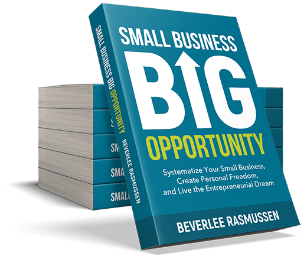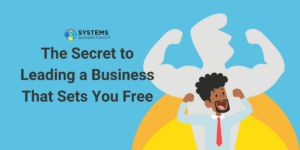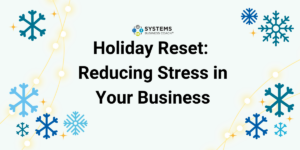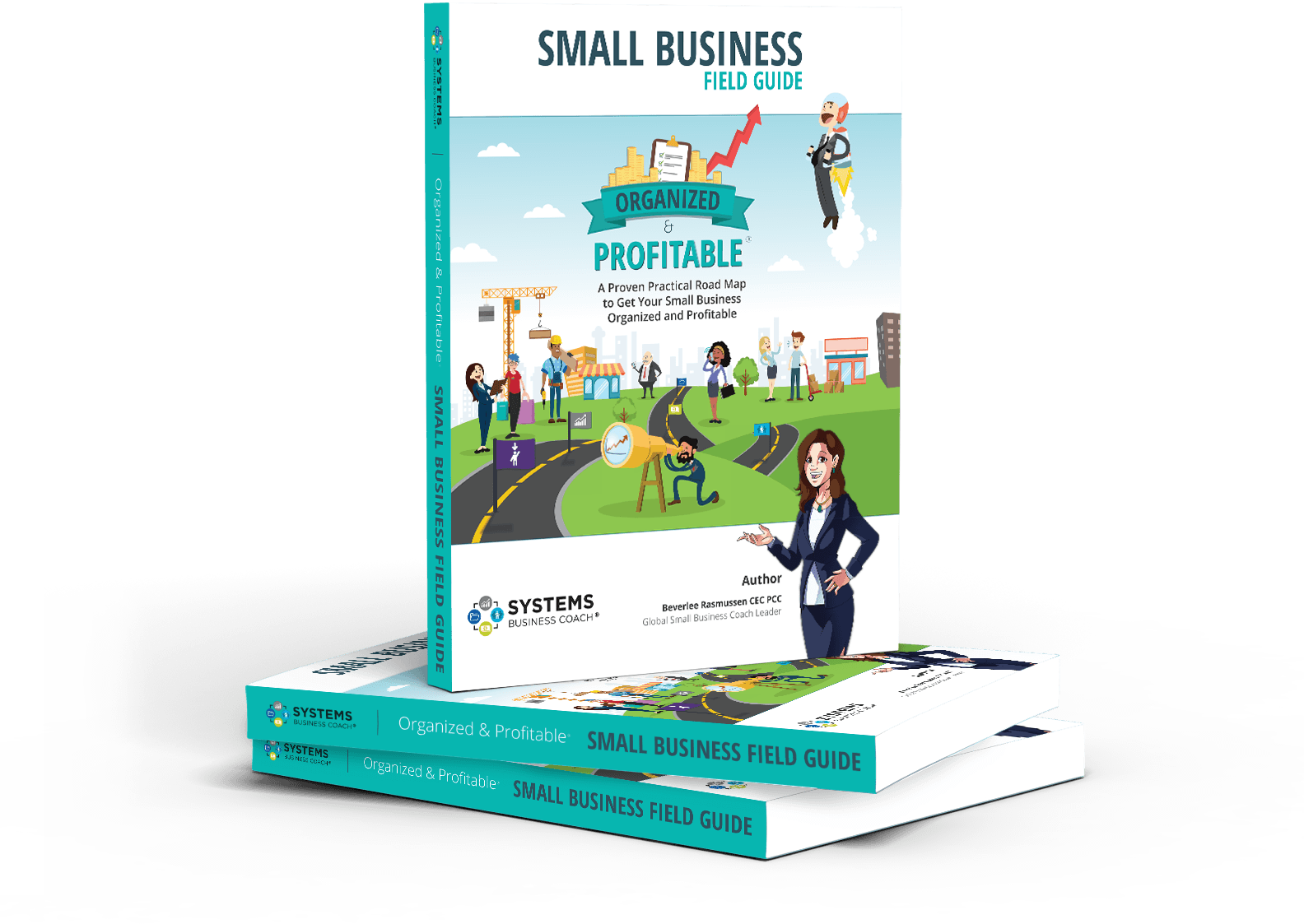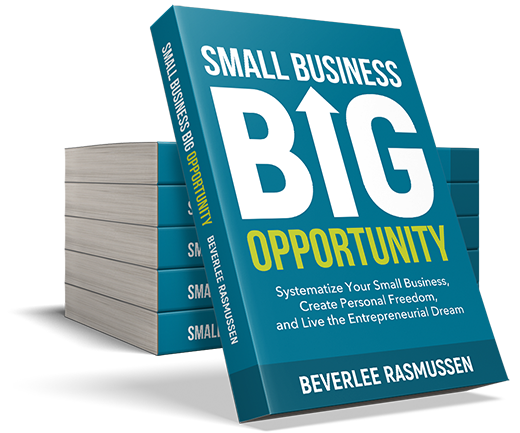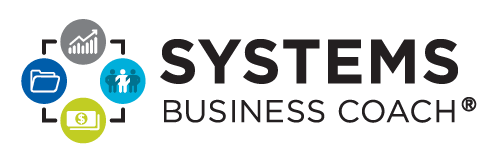Has your company been able to ride the roller-coaster of change this past year? Or do you feel you are too short for the ride? (Why did they let you on this thing?!)
You are not alone. The global pandemic has challenged many businesses with sudden changes (and continues to do so.) So today I want to look at the characteristics of a learning organization and how they will benefit you and those around you. Not only will you survive dealing with change, but thrive!
Table of contents

A Learning Organization
How can you create an environment where people move from fearing change, to actually embracing it?
Transforming your company into a learning organization will make you ready to rock the roller-coaster of change— even when it does three loop-de-loops back to back! A learning organization is a company that ensures its members learn new skills and concepts. (Learning new things makes change in the brain!)
When you put time into supporting your team’s learning, you are making everyone more comfortable with change, including yourself. And during the process, your company is transforming into better and better versions of itself.
Sounds pretty good, right?
If you have a learning organization, people embrace change. But how can you transform into a learning organization?
Let’s look at the five characteristics of a learning organization from Peter Senge’s, The Fifth Discipline: The Art & Practice of The Learning Organization (1990).
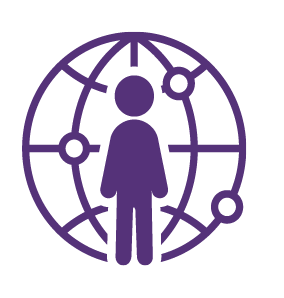
Systems Thinking
A system is simply the way something happens. Every action in your business is planned or decided by you or your employees in the heat of the moment. You can have a system in place for how an employee responds to a customer complaint, even if you haven’t addressed this with your employee. A system gets created anyways.
Systems thinking gives you control over what happens in your business.
I had the opportunity to interview Brian Scudamore, the founder of 1-800-GOT-JUNK. Early on, he had a problem with employees denting the roof of the trucks. It turns out that employees needed to climb up top to secure their loads. The owner tested this himself, and sure enough… he dented the roof.
They spent months trying to fix this, as it was costing Brian a lot of money. Until one day an employee asked, ” What if we didn’t have to climb on the roof?”
Suddenly they were using systems thinking. Instead of fixing the result, they fixed the system. Now every truck has a metal grate on top for employees to walk on.
Systems thinking reframes every problem in your organization as an opportunity for improvement.
This aspect of a learning organization lets you understand and address the big picture. It is valuable to ask “If I change this one thing what else will be impacted?”
Maybe you’ve had to change your store hours. Who needs to know about it? How are you going to tell them? What signs need to be changed? Websites updated?
It’s tough to keep track of it all. Using systems thinking will make it so the pressure to remember everything shifts from you to the system.
As Albert Einstein said
Paper is to write things down that we need to remember. Our brains are used to think.
Systems are what we use to manage day-to-day tasks and changes. Then that leaves time for us to think… find freedom…and actually have fun on the roller-coaster of change.

Mental Models
We all have assumptions, images and generalizations about other people. And most of the time we don’t even realize we have them. These biases affect how we act and how we perceive change.
Mental Models is a seemingly simple characteristic of a learning organization but takes time and patience to implement.
Essentially through Mental Models, we stop judging someone’s reaction to change. Instead, we brush our immediate responses aside and ask “Why are they acting like that?”
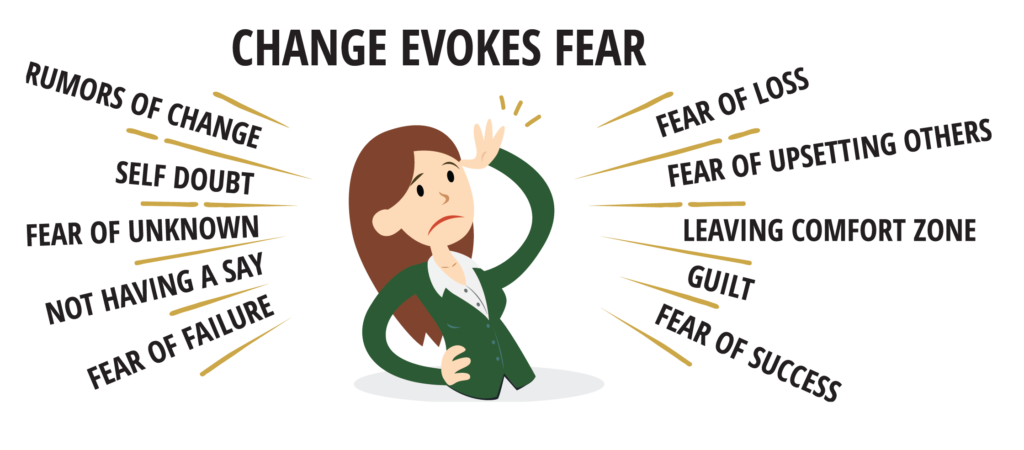
Change can seem good or bad depending on our individual life experience, power and position in the organization. It’s important to be aware of these things when addressing someone’s reaction to change in a learning organization.
Personal Mastery
Personal Mastery means focusing your energy and developing the patience to see reality objectively. This means that you cultivate empathy and awareness when responding to change.
How can you do that?
You can increase your awareness by listening to understand. It’s called active listening. You hear and see from the other person’s point of view. You are responding to more than just words, but body language, feelings and thoughts.
Ask more questions than you do talking. This shows that you care about the other person and that their problems are important. It also helps get a better understanding of their point of view.
Take your time and empathize with them. Maybe they need to come back multiple times to fully address the changes. Be flexible and patient. Those impacted by change may need additional support and input.
Personal mastery can be one of the hardest characteristics of a learning organization to implement. After all, how can you slow down and listen to someone else, when you are also strapped and screaming on the endless roller-coaster of change?
It’s not easy, that’s for sure.
One time, my employee was trapped on a roller-coaster (a real one… not a metaphorical one) with her sister. The roller-coaster had stopped suddenly. Her sister was panicking. My employee closed her eyes and started asking questions. What did you have for lunch today? Did your groomer trim the dog’s nails this time? Her sister started talking and relaxing. Not only did it help her sister, but my employee felt more relaxed too.
Then, the roller-coaster lurched back into gear.
By empathizing and giving time to others, you help yourself through change too.
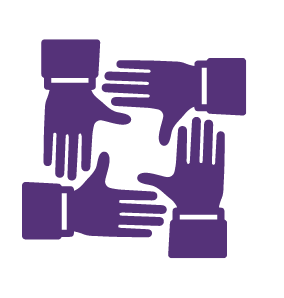
Shared Vision
Take some time and sit down with your staff to create a shared picture of the future.
A learning organization is a group of people who are continually enhancing their capabilities to create what they want to create.
Peter. M. Senge
Learn what your team members are excited about and what they want to commit to. Continuous improvement means being open and curious, even about ideas you don’t like at first.
As much as you try to include your staff, sometimes employees don’t have the full picture of your business. There are lots of moving parts. Their suggestions can sometimes seem redundant or naïve. Sometimes creating a shared vision, means acknowledging an employee’s idea without agreeing to it.
The key is making sure you listen.
A small business coach in my organization came to me with an idea for a new intake form. She didn’t know I had already tried that and it didn’t work. I didn’t shut her down though. Instead, I told her, “Let’s try it this way first.” I showed her my system. She tried it. It worked.
She left the exchange feeling valued because her idea was heard and reflected upon. She also left with a solution to her problem using the system I had. By acknowledging each other’s ideas, we worked together towards a shared vision.
People change and learn because they want to, not because they are told to.
Lead your team to an inspiring shared vision.
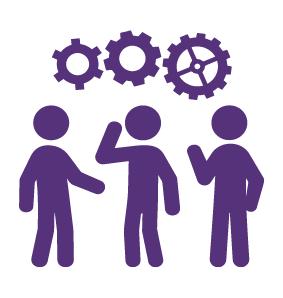
Team Learning
Change happens best when every team member has the opportunity to contribute.
Remember Brian? If he hadn’t created an environment where employees felt confident to speak up, he wouldn’t have found his solution to his dented trucks.
We’re all learning, changing and improving together.
Having a dialogue creates a larger picture that goes beyond each person’s perspective. If you are stuck on the roller-coaster of change anyways, might as well coast along in a supportive environment.
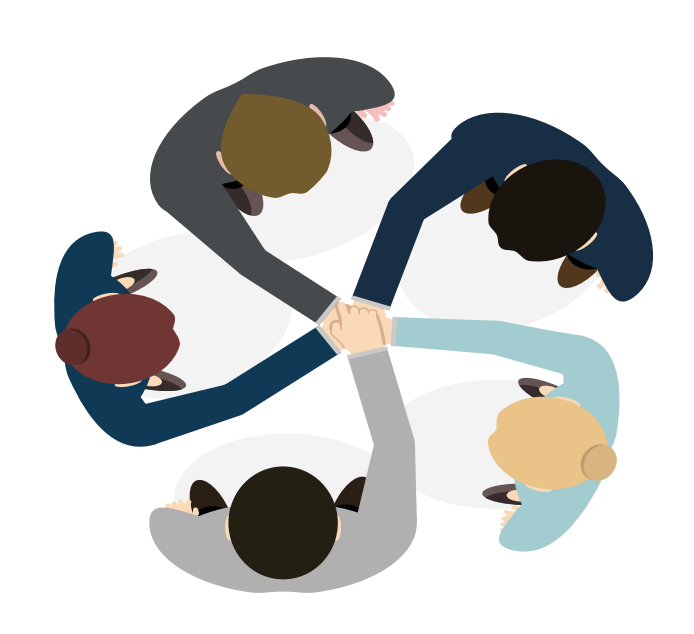
What do you think about Learning Organizations?
Now I want to hear from you. Which characteristics of a learning organization stood out to you? Or maybe I didn’t mention an important tool you found to embrace change?
Either way, let me know in the comments!
Until next time, enjoy the ride!

Ps. Want to learn more of Peters tools? You can buy his book.
(I don’t get anything for that, I just want you to have access to some awesome resources.)


